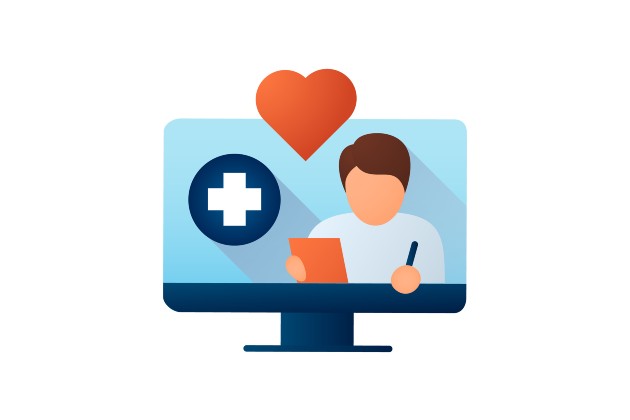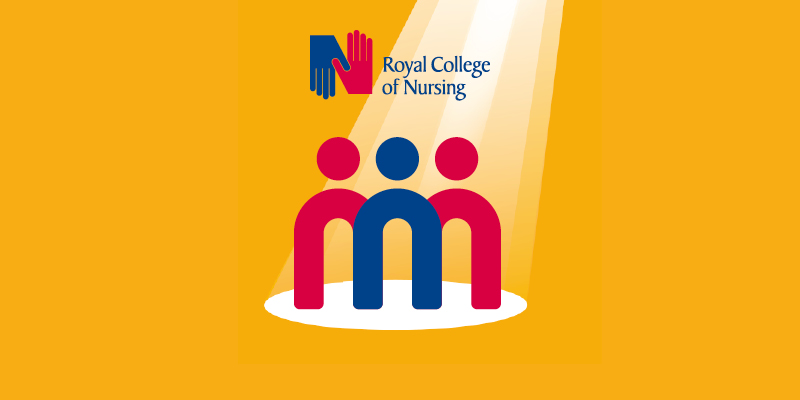- Introductions. Start with “Hello. My name is…”. Then tell the patient what your role is.
- Establish who you’re speaking to. Ask if you’re speaking to the person you want to talk to, and as an extra security check, ask them to confirm their address or telephone number.
- Environment. Wherever possible, make sure you have a quiet, private space to have the conversation. Check the patient can hear and understand you and is in a suitable place to talk.
- Other people. If you think your patient is having difficulty with understanding or communication, ask if there’s someone who could join the conversation to help them. If a friend or relative joins the call at any stage, introduce yourself again and reiterate the reason for your call. Establish and document the name of the friend or relative and their relationship to the person. Be aware that even when you ask if there are others present, you can’t know for certain. The patient may record the conversation; that’s ultimately up to them.
- Reasonable adjustments. These may be needed in a range of situations such as if the patient is hard of hearing, has a learning disability, a cognitive impairment, is neurodiverse or speaks English as a second language. Consider if interpreting services, such as language line, are needed. If you use these services, document this and allow more time for the appointment. It’s good practice to avoid the use of family or friends as interpreters, because of the risk of misinterpretation or lack of understanding. Also, you can’t be confident the translation is exactly what you’re saying.
- Refusals. If the person says at any time during this conversation that they don’t wish to discuss these issues, respect their choice. Reassure them that they can reconsider at any time. Advise how they can contact you, or who to contact if you’re not available. If appropriate, arrange a date and time to call back.
- Documentation. Record details of the conversation clearly, either immediately or as soon as possible, recording the time and date. Be specific about how information was obtained and document that this was a remote consultation.
- Chaperone. Consider if a chaperone is required and organise the conversation to facilitate this if necessary.
- Check understanding and agree further actions. Ask if they’re able to summarise what you’ve discussed. Document what the patient says and reinforce any actions that you’ve agreed.
- Follow up. Consider whether follow-up is needed and make arrangements for this. Explain when and how this will happen and document it.
The patient may record the conversation; that’s ultimately up to them
Videos: the practicalities
- Consider your background. Plan where you’ll position yourself. Be aware of confidential documents and try to avoid having anything behind you that might distract or distress your patient.
- Get your sitting position right. Sit up straight and have your camera at an angle that naturally allows you to keep your head up straight. This can help you convey professionalism and confidence.
- Think about the lighting. Try not to have a window behind you as this is likely to cast your face in shadow; your patient needs to see your facial expressions to help build trust and rapport. If you’re in a dark room, consider having a light behind your camera to illuminate your face. Experiment in advance to make sure you get it right.
- Practice makes perfect. If you’ve never carried out a digital consultation before, get everything set up in advance and do a practice run with colleagues. Remember to check the lighting and camera is suitable, the sound is good, and that you’re comfortable and familiar with whatever technology you’re using. Don’t be afraid to ask for advice from more experienced colleagues.
- Consider your body language. Look directly into the lens of the camera, not at the screen. This will help build trust and rapport. Consider using your hands to emphasise points or to help punctuate your speech. Remember to smile where appropriate, as this can help make you look more personable and confident. Simple things like nodding while the patient is talking can help too.
- Be kind to yourself if things go wrong. You’re learning a new skill and everyone has to start somewhere. Don’t expect perfection the first time you do this.
Don’t be afraid to ask for advice from more experienced colleagues
Support for you
All service providers must ensure staff have support, supervision and access to colleagues to discuss issues and concerns. There needs to be a process for ensuring staff have the resources available and opportunities via supervision to help them develop their skills. Staff also need access to reliable internet and remote tools, such as Zoom or Microsoft Teams.
Remote or not?
The decision to offer a remote consultation as opposed to a face-to-face consultation will be based on the initial triage process. It will assess:
- the need for review or assessment of the severity of physical and psychological symptoms
- previous knowledge of the patient, as well as the family and wider situation as appropriate, along with access to their clinical records
- a need to physically examine the patient
- previous medical history.








